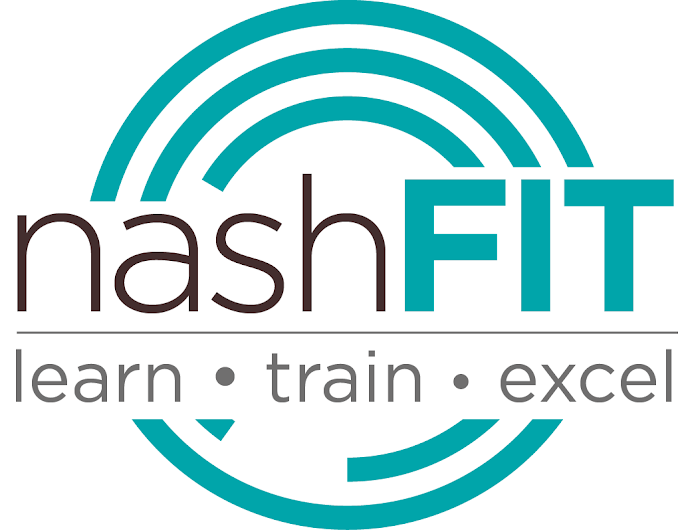Scientific Adventure Racing Preparation
Why am I inspired to write this series of blogs…it’s
simple, to share my path to success in training, life and business. My most
recent adventure is the Tough Mudder, a 10 mile adventure race in the Whistler Mountains
that includes obstacles entitled:
·
Artic Enema: sounds fun
·
Everest: not on my bucket list
·
Kinky Tunnels: seems more like
something I’d enjoy and
·
Electric Shock Therapy: why not
just buy a stun gun and have at it
I have a ‘Tough Mudder’ t-shirt not
because I previously completed the race, but rather from my participation in a TM media event
a month or so ago. More to the point, whenever I wear it, I am
constantly stopped and invariably asked the same two questions ‘have you done the
race & how was it?’. The conversation generally brings me to the conclusion that
the person is registered for this event but hasn’t trained, or is training relatively
improperly. To prevent me from having to rescue 50-100 people on the race
course on June 23rd, I offer two pieces of wisdom 1) Good luck or 2)
read this blog so you can begin to scientifically train for your chosen adventure.
Whether you are
prepping for the outdoor hiking season, Crush it or Cruise it, Tough Mudder,
Warrior Dash, Knee Knacker, the Summit Series or a host of other variable
terrain races / events this summer, being armed with the appropriate scientific training knowledge is absolutely essential
and can be the difference between successful, injury free completion ORRRRR the
exact opposite – must I spell it out.
Having the rugged
westcoast terrain and mountains is a great gift that comes with very specific
challenges. If not prepared, the mountains can buckle the most ‘fit’ individual. To successfully navigate any and all of the
aforementioned mountainous challenges you must have strength, power, endurance,
determination, cardiovascular conditioning, proprioception, reactive agility
& mental toughness. This blog series will discuss a couple of the key scientific
training principles of:
- progressive overload,
- cyclic training,
- deceleration &
- heart rate monitoring
Employ these
techniques and you will almost guarantee yourself a successful & adventurous
summer season.
Progressive
Overload: often the most overlooked but yet most obvious training technique to employ. Scientifically,
it is defined as a calculated and systematic progression of volume (total mileage, # of sets / reps, # of workouts, time working out) and or intensity (running speed, weight lifted). Without science, we often instinctively apply the principle. Milo of Greek mythology, who apparently lifted and carried a calf everyday, grew stronger and more fit as the calf grew into a cow was one of the 1st to systematically apply this principle. In preparing for your summer adventure try these 3 tips:
- Total mileage: for every mile of race give yourself a week of training. Start at 4-6 miles and each week add 2 total miles to your weekly total. If you are behind the 8 ball and only have 5 weeks then I'd suggest the same start point but 3-4 additional miles spread over 3 running sessions per week.
- # of workouts: like dieting, people go gang busters for a few weeks and then fall off the rails or the body road blocks your progression. Training capacity is no different. Start w 2-3 shorter cardio / conditioning sessions per week and progress by 1 session every 2-3 weeks (to a max of 5 / week).
- Cycle your training: if you are a bigger body like me (5`10`` & 197lb), its highly suggested you vary your training stimulus from high to low impact activities, but yet cover the key aspects of adventure race training.
Here is my training plan for the next 5 weeks...btw, I am already sore from a) 1x lower body plyometric w single leg strength & b) 1x Tough Mudder obstacle w fullbody strength training...it`s only Tuesday :(
Wk 1
-1x lower body plyometric & single leg strength
-1x 60 min spin (*75-85%)
-1x uphill - downhill interval run (*70-90%)
-1x Tough Mudder obstacle & fullbody strength training
-1x Grouse Grind or advanced hike
|
Wk 2
-1x lower body plyometric & single leg strength
-2x 60 min spin (77-87%)
-1x uphill - downhill interval run (70-90%)
-1x Tough Mudder obstacle & fullbody strength training
-1x Grouse Grind or advanced hike
|
Wk 3
-1x lower body plyometric & single leg strength
-1x 60 min spin (80-90%)
-1x uphill - downhill interval run (75-92%)
-1x Tough Mudder obstacle & fullbody strength training
-1x Grouse Grind or advanced hike
-1x TM Suburban Pretox
|
Wk 4
-1x lower body plyometric & single leg strength
-1x 60 min spin (80-90%)
-1x uphill - downhill interval run (75-92%)
-1x Tough Mudder obstacle & fullbody strength training
-1xDouble Grouse Grind
-1x TM Suburban Pretox
|
Wk 5 (taper)
-1x 60 min spin (75-85%)
-1x uphill - downhill interval run (70-90% & 50% volume)
-1x Tough Mudder obstacle & fullbody strength training
|
*all % percentages of a stress tested max
HR…see this link for more info on scientific HR training. http://www.arctraining.ca/plugins/userData/heartratemonitoring&determingat2012-1.pdf
Yes that means you should have a heart rate monitoring system like the polar I am wearing.
In part b of this post I will discuss the art and the science of proprioception and downhill running...stay tuned & good luck.
Chad Benson MSc, ,BSc, BPE, CSCS, Practicing Kinesiologist & Fitness Presenter
President, ARC Performance Training Systems Ltd.




